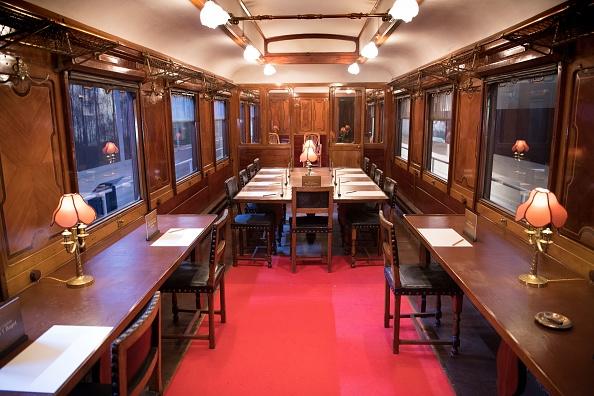
A view of the inside of the reconstructed Compiegne Wagon, in which the Nov. 11, 1918 'Armistice of Compiegne' ending World War I (1914 - 1918) was signed between France and Germany is pictured on Oct. 22, 2018, at the Musee du Memorial de l'Armistice situated in the forest of Compiegne near Rethondes. ERIC FEFERBERG/AFP/Getty Images
|Updated:





